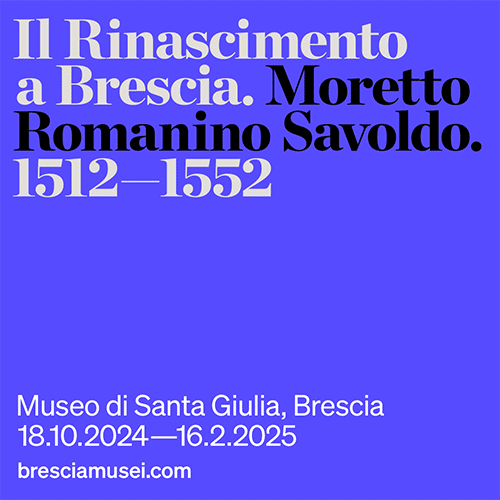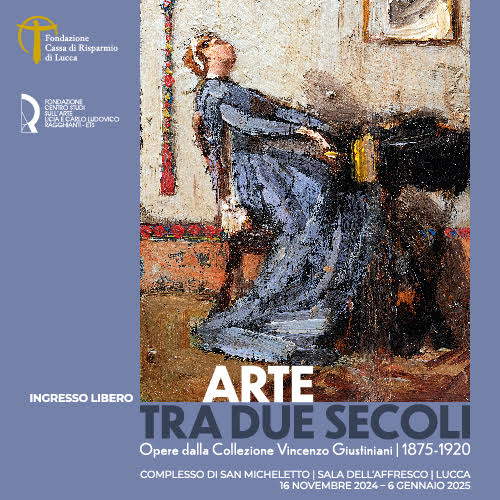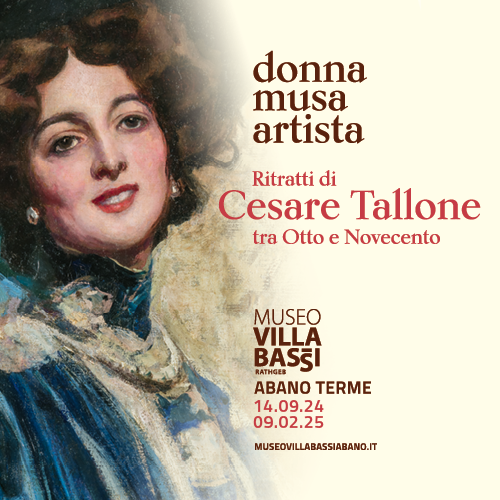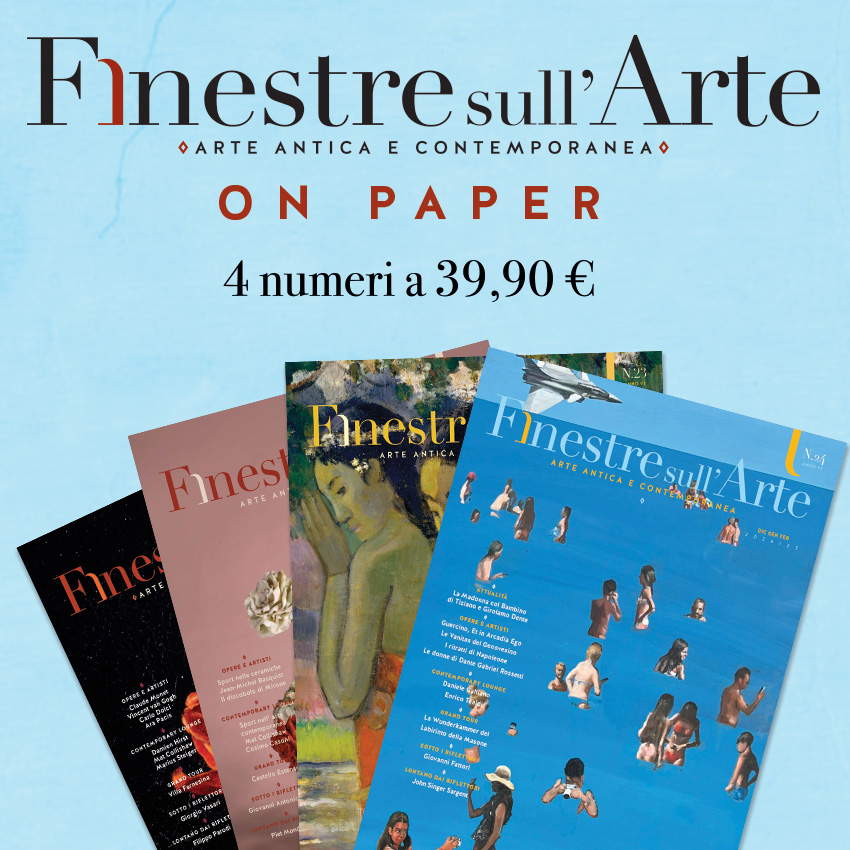Naples, new spaces opened at the Royal Palace and an exhibition telling four centuries of the palace's history
New spaces were inaugurated at the Royal Palace in Naples today: the Belvedere, the Factory Museum, with a new ticket office and reception area in the Courtyard of Honor, and the temporary exhibition telling four centuries of the palace’s history in the Genovese Gallery on the main floor. The ceremony was attended by Culture Minister Gennaro Sangiuliano and Museums General Director Massimo Osanna, who were welcomed by Royal Palace Director Mario Epifani.
The Museum of the Factory of the Royal Palace of Naples, located on the first floor with access from the Courtyard of Honor, is apermanent exhibition that offers an introductory tour not only for the Label Apartment, but for the entire monumental complex. The museum illustrates the history of the palace through works and audiovisual installations that show its transformations with 3D reliefs, presenting the events in an engaging and evocative way. The central part of the exhibition houses suspended showcases with 19th-century models by architects Antonio Niccolini and Gaetano Genovese, restored for the occasion, providing a fascinating introduction to the monumental spaces of the Neapolitan palace. The Museo della Fabbrica, conceived by director Mario Epifani, is part of a larger project curated by architect Almerinda Padricelli, aimed at restoring the ground floor spaces around the Cortile d’Onore. This project includes a relocation of existing functions and the introduction of new activities, helping to give the place the role of a hinge between the Palace and the city. The new museum, designed by architect Giovanni Francesco Frascino, is aligned with the main entrance to Piazza del Plebiscito and includes a new foyer with a ticket office and checkroom, a reception, information and orientation space. This becomes a starting point for visiting the Palace, which will be open to visitors from Tuesday, July 16.
On the main floor, in the Genovese Gallery, the exhibition Four Centuries of History: the Factory of the Royal Palace is on display until September 3. Curated by director Mario Epifani and set up by architect Stefano Gei, the exhibition continues to tell the story of the palace through the works on display, which illustrate the transformations and historical events that have characterized this monument. The works on display, which dialogue with those in the rooms of theLabel Apartment, come largely from Neapolitan state museum institutions, including the Museum of San Martino, the Museum of Capodimonte, the Naples State Archives, the “Vittorio Emanuele III” National Library and the Royal Palace of Caserta. Some loans come from public and private collections in Naples (Gallerie d’Italia and Museo Civico Gaetano Filangieri), Rome (Galleria Carlo Virgilio & C.) and Florence (Musei del Bargello). The exhibition is also enriched by international loans, including two paintings by Antonio Joli belonging to the collection of Lord Montagu of Beaulieu in England, restored for the occasion thanks to funding from the Royal Palace of Naples.
Also presented was the restoration of the Belvedere, located on the roof of the Royal Palace overlooking the Molosiglio. This exclusive space will offer citizens, visitors and tourists the opportunity to admire the view of the Bay of Naples from an unusual perspective. An itinerary through the attics will lead to the Belvedere Tower, a place that has never been open to the public since 1837, which from September will be included in the Royal Palace’s guided tour routes.
The restoration work, which lasted one year and six months, was entrusted to architect Francesco Delizia, directed by architect Almerinda Padricelli and carried out by the Modugno company. These interventions made it possible to reopen this part of the palace, which had not been included in the 2016 restoration of the facade, and also involved upgrading the roofs and attics. Videos of the restoration and fit-out works that led to the creation of the new spaces now open to the public were shown in the Court Theater.
“Rereading the becoming of the Royal Palace over time is not just a recapitulation of the stylistic-architectural variations that have followed one another,” said Minister Gennaro Sangiuliano, “but rather it is a journey into the bowels of the history of Naples and its way of being the capital of a kingdom. I hope that the new perspective offered by this laudable cultural initiative will help broaden the horizon with which we look at the wonderful reality of this city.”
“Today’s inaugurations,” said Massimo Osanna, Director General of Museums, “confirm the success of the enhancement policies of the Royal Palace of Naples, which are increasingly dynamic, proactive and open to the city. The rich programming of exhibitions and the opening of new spaces and itineraries represent good practices in line with the objectives of the National Museum System, coordinated by the General Directorate for Museums, with a view to an increasingly broad, inclusive and accessible cultural offer.”
“Our goal is to recover every existing trace of the history of the Royal Palace and tell it to the visitor, to reconstruct the identity of such a layered place,” added Mario Epifani. “The palace has become (aided by the proximity of the San Carlo Theater and the National Library) a sort of cultural hub, an inclusive place and a venue for activities not exclusively related to visiting the museum. Also thanks to this new exhibition and reception space, Il Cortile d’Onore will become a real agora, almost a more intimate pendant of Piazza del Plebiscito: a place for meetings and events, open to the city.”
The exhibition is accompanied by a catalog published as a monographic issue of Quaderni di Palazzo Reale Editori Paparo, edited by Mario Epifani with editorial coordination by Alessandra Cosmi, which includes contributions from various scholars, mainly focused on the architectural events of the palace with an introduction by Culture Minister Gennaro Sangiuliano and Museums General Director Massimo Osanna.
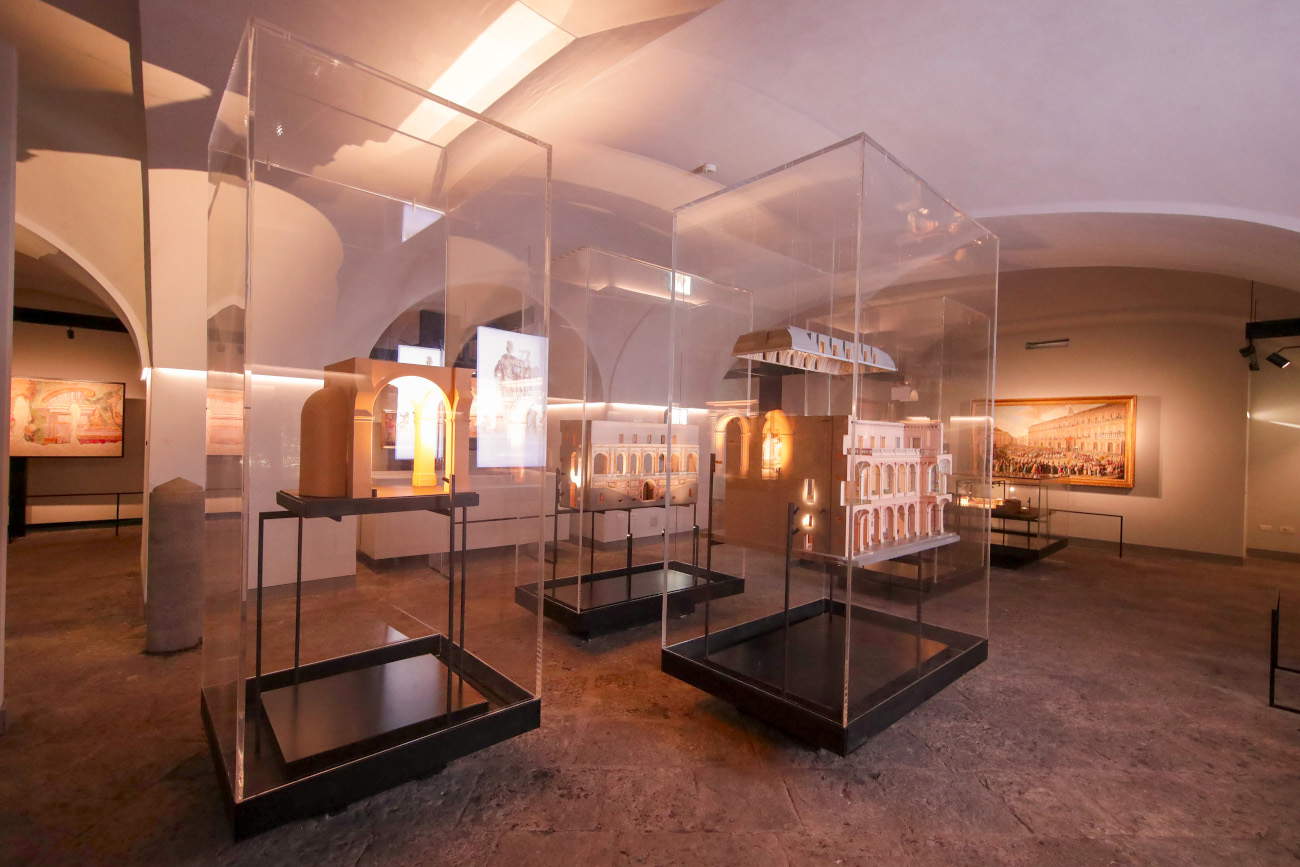 |
| Naples, new spaces opened at the Royal Palace and an exhibition telling four centuries of the palace's history |
Warning: the translation into English of the original Italian article was created using automatic tools. We undertake to review all articles, but we do not guarantee the total absence of inaccuracies in the translation due to the program. You can find the original by clicking on the ITA button. If you find any mistake,please contact us.






